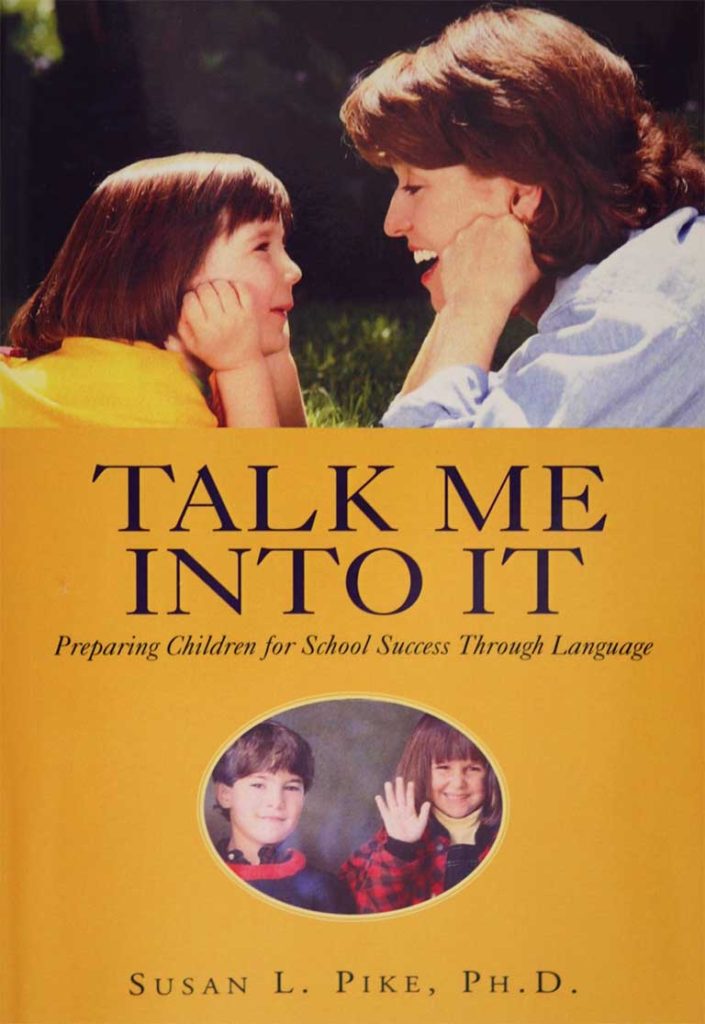After establishing in the introduction that language skills are important for school success and that input matters, Talk Me Into It answers the question: How can we provide the best stimulation possible for language development to occur? Using her more than twenty-five years of experience as a speech-language pathologist and early childhood educator, the author informs and assists readers in making the most of their interactions with their young children.

The book is 240 pages and contains twelve illustrations. Talk Me Into It is divided into three sections. The first section, Learning to Talk, covers specific features of both listening and speaking, that are expected to appear at various stages. Each stage is described in terms of typical behavior, and what can be done to enhance development at that particular stage. The second section, entitled Talking Together, explains general principles and specific strategies that parents can use when talking with their children. It also discusses important differences between activities. The third section, Talking to Learn, provides specific ways to help prepare a child for success as a participant in a classroom, and addresses readiness skills necessary for learning to read and write. The final chapter presents the latest research on dyslexia, identifies early warning signs of a language-based learning disability and offers information about where to find advice and help. An appendix of language activities appropriate for preschoolers is followed by a second appendix of resources and organizations with web site addresses.
Entry level practitioners in:
Part I: Learning to Talk
Part II: Talking Together
Part III: Talking to Learn
Appendix A: Language Activities for Preschool (LAP).
Appendix B: Resources, Books, Programs, Materials
Susan L. Pike
91 Smith Avenue
Mount Kisco, NY 10549
Enter at lower level, right side entrance.
All Rights Reserved
Designed by
Pyramid Productions Group